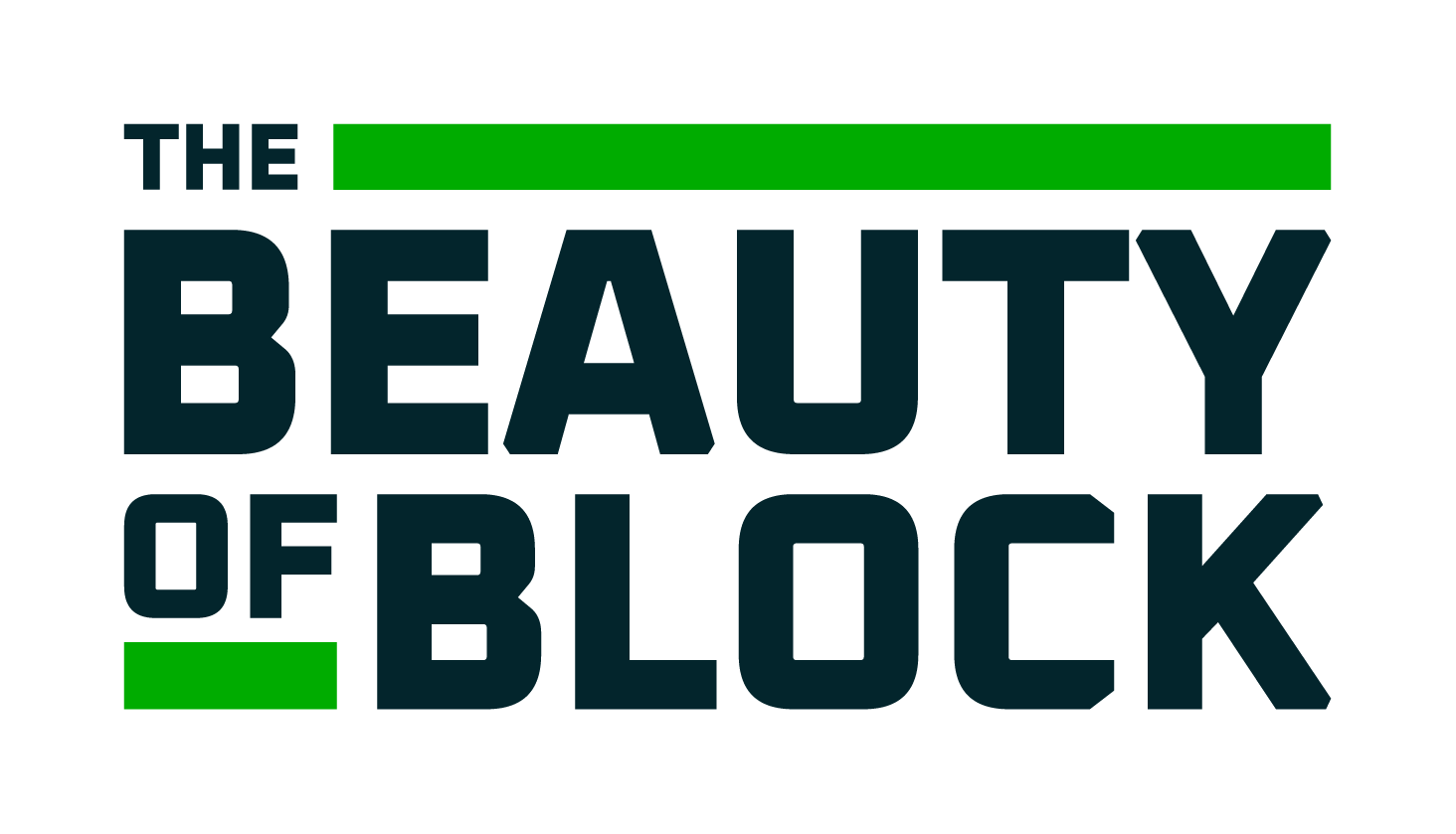Credits: 1 AIA LU/Elective; 1 AIBD P-CE; 0.1 ICC CEU; 0.1 IACET CEU
May qualify for learning hours through most Canadian architectural associations
This is the first course in our CMU embodied carbon series, focusing on how concrete masonry units (CMU) differ from traditional wet-cast concrete in terms of carbon impact. We will set the stage for the concrete and carbon sequestration discussion by looking at the larger geologic carbon cycle and greenhouse gas emissions; and how it all relates to climate change. We will then look at the concrete carbon cycle and recent CMHA sequestration research and testing which demonstrates the accelerated sequestration rates substantially reducing the overall embodied carbon of dry-cast CMU construction.
Learning Objectives:
- Explore how concrete masonry construction offers interconnected sustainability strategies.
- Analyze the key similarities and differences between dry-cast concrete masonry units (CMU) and wet-cast concrete, explaining how these differences contribute to lower embodied carbon and increased carbon sequestration in CMU assemblies.
- Define terms that describe how concrete masonry construction fits into the climate change conversation and explain why concrete sequesters carbon dioxide.
- Review sequestration research conducted by the Concrete Masonry and Hardscapes Association (CMHA) that separates CMU from other types of concrete when evaluating embodied carbon.
Sponsored by:




